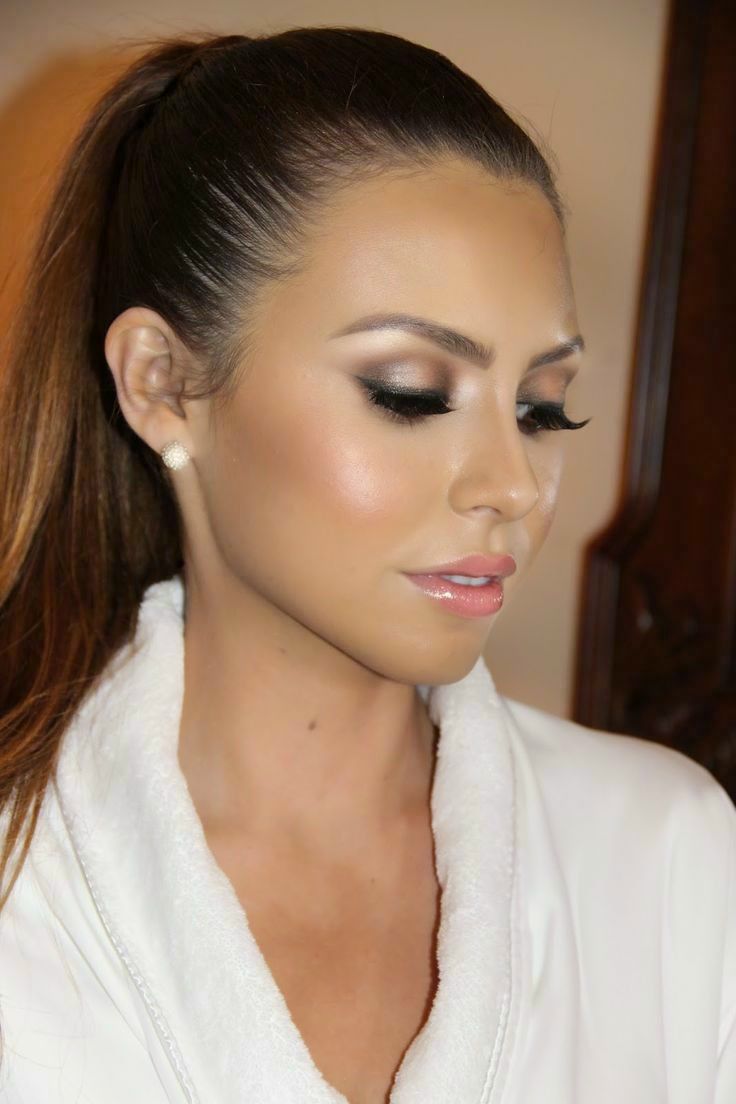
WHAT’S Beauty?
The Metaphysics theory can be found dating back to the fragments and lore of Pythagoras. Pythagoras offered us the terms “tranquility” and “symmetry” both of which seem to be central to his (or the Pythagoreans’) theory of beauty. The reference to mathematics also attaches both the Pythagorean and the Platonic notions of beauty.
Aristotle, in comparison to Plato, was more influenced by biology than mathematics generally, and this comes out in his conversation of beauty in the Poetics. But as I’ve said, the most interesting contribution to a theory of beauty is to be found in his Poetics. There, he grows the idea of beauty as related to organic wholes. Yet, his initial discussion of beauty does not mention the word actually.
It is within Chapter 3. There, he talks about how exactly imitation is natural to man, how exactly we will be the most imitative creatures, and how we take pleasure in works of imitation. It appears that this delight is an aesthetic joy. He observes that we even take pleasure in practical representations of “the cheapest pets” and of inactive bodies.
He further observes that we delight in a picture because we study from it at the same time, for example we learn a man falls into a certain category. Things we have not seen before can Even, when represented, give us delight in the color or execution. We know he could be thinking about beauty here since he also mentions that harmony and rhythm are natural to us.
- Avoiding tanning beds (tanning beds are now considered a carcinogen, with the capacity of causing malignancy)
- Free from dangerous chemicals
- Cream Cleanser
- Oatmeal, Yoghurt, and Tomato Juice Face Mask
When Aristotle gets around to defining tragedy in Chapter 6 of Poetics he doesn’t explicitly point out the beauty and, since the purpose of tragedy is a catharsis of pity and fear, it appears that beauty is not central to the tragedy. But there are two reasons to question this conclusion. First, you can say that there is a sort or kind of beauty in that which in turn causes catharsis. Second, his account of beauty is essential to evaluating tragedy.
I will discuss that later. The central discussion of beauty will come in the next part of Chapter 6, when Aristotle talks about the correct construction of a Plot. We find a tragedy can be an “imitation of the action complete in itself, a complete of some magnitude” and that the whole must have a beginning, middle and end, the finish and beginning to be non-arbitrary.
But, before we go into the animal analogy, we need to consider his proven fact that beauty is impossible in a complete minute creature, or in another of vast size. So beauty has something to do not only with tranquility symmetry, and order but with clarity also, unity and wholeness. When Aristotle applies this idea to poetry, he introduces a psychological dimension. The wonder of the poem depends on our memory’s ability to take everything in, similar to the beauty of a large object depending on our perceptual capability to take action.
So, he keeps, the much longer a tale is the more beautiful it is based on its magnitude. Here, he is taking magnitude to mean “the right size.” However, he then gives another accounts of magnitude. The main element quote in this is usually to be found in Chapter 8, which is mainly about the unity of the plot (unity being necessary for beauty). A plot is about one man is insufficient to make it unified: there should be one story. There is one qualification to this. Aristotle also retains that something can be produced more beautiful if it will go beyond just imitating an organic whole.
